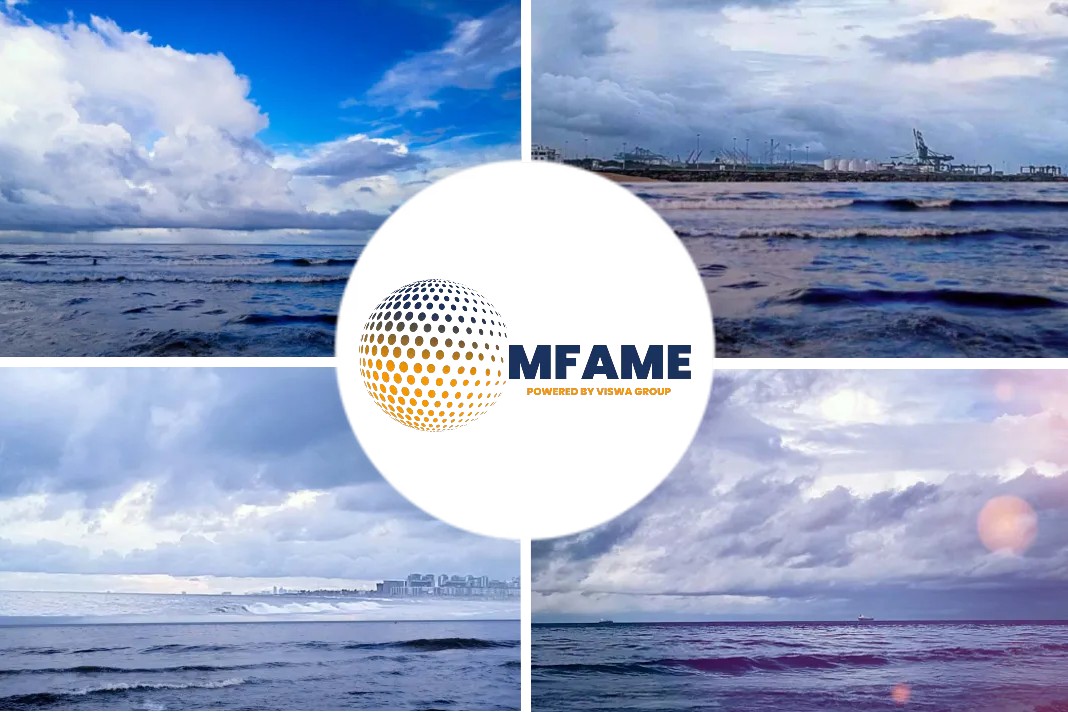
Shipping set for €3 billion-plus 2024 EU ETS bill, states a Global Maritime Hub news source.
The European Union’s Monitoring, Reporting and Verification
The European Union’s Monitoring, Reporting and Verification (EU MRV) dataset for shipping’s European CO2 emissions (ETS) for the year 2022 has just been published, with the data highlighting some significant year-on-year changes from 2021 despite the shipping industry as a whole showing a modest reduction in emissions.
The EU MRV regulation requires all ships exceeding 5,000 gross tons to collect and report data on CO2 emissions released to and from EU and EEA ports and will serve as the basis for shipping’s inclusion in the EU Emissions Trading System (ETS) from 1 January 2024.
Total ETS-applicable emissions for the maritime industry amounted to 83.4 million metric tonnes of CO2 equivalent (tCO2e) in 2022, a modest decrease of 0.22% from 2021. At the current market value of €90 per emissions allowance (EUA), shipping emissions carried a total worth of €7.5 billion for the year.
Taking into account the ETS phase-in period covering 40% of emissions in 2024, 70% in 2025 and 100% in 2026, and utilizing the forward curve in EUAs, our estimates indicate that the shipping industry could be liable for €3.1 billion in 2024, €5.7 billion in 2025 and €8.4 billion in 2026.
Notable segment decreases and increases
The data showed emissions decreases across multiple shipping segments, including tankers, container ships, general cargo ships, reefers, Ro-Ros and chemical tankers.
The container sector showed the largest reduction, falling by 8.95% equating to 2.3 million metric tonnes of CO2 equivalent (tCO2e) saved.
However, passenger ships and LNG carriers logged substantial increases. The former scored highest, with a staggering 118% year-on-year rise equating to 2.8 million (tCO2e), the latter recording a 63% increase equating to 2.1 million tCO2e.
Shift in trading patterns
It is important to note that the changes in emissions levels are less reflective of improved environmental operations as they are of altered European trade patterns.
Container shipping, for example, experienced a bumper year in 2021 versus a noticeably cooler market in 2022, while LNG carriers saw a dramatic trading shift away from Asia towards Europe as Europe reduced its reliance on pipeline gas in the wake of Russia’s invasion of Ukraine, importing significantly more LNG by sea.
Did you subscribe to our newsletter?
It’s free! Click here to subscribe!
Source: Global Maritime Hub

















